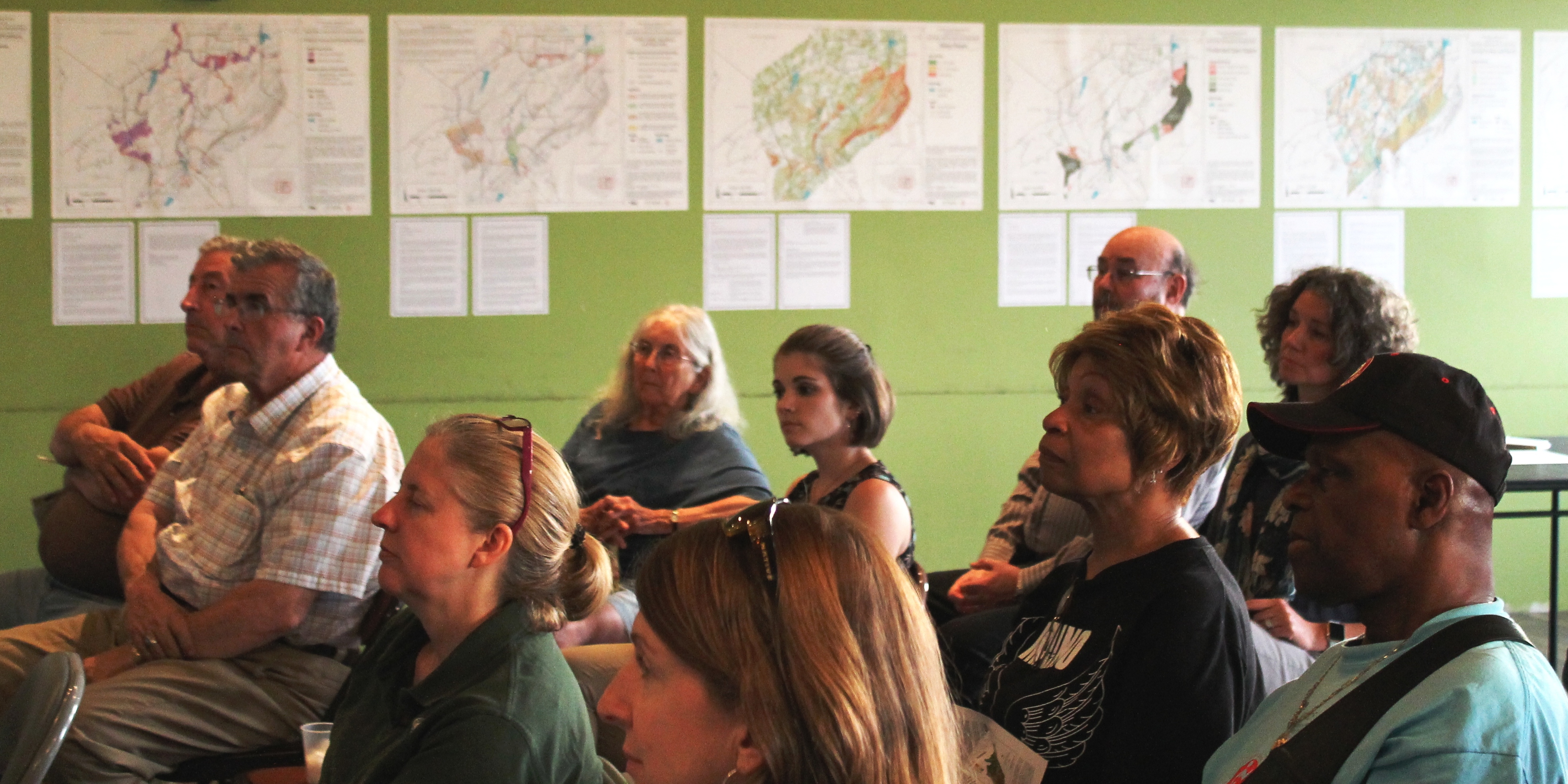Conservation Planning
"...a community should first understand its ecosystems and then place development where it will minimize ecological impact. By doing so, we will bring biodiversity conservation fully into the smart-growth equation, creating quality communities that sustain both humans and the ecosystems on which all life ultimately depends." Nature in Fragments: The Legacy of Sprawl (Johnson and Klemens 2005)
Conservation planning enables communities to proactively consider natural assets, set priorities, and plan for a future that sustains healthy ecosystems and quality of life for residents. By considering a broader scale and long-term goals, communities can shift their decision-making from reactive to proactive.
The basic steps of conservation planning include learning what natural assets your community has, through processes like natural resources inventory; identifying priorities through map analysis and community input; and developing plans, policies, and practices to conserve those priority natural assets. This basic approach can apply to all elements and scales of planning, and is explored in greater detail in the following web pages.
The Conservation and Land Use Team at the Hudson River Estuary Program provides assistance to municipalities and land trusts to build their capacity to use current, science-based information and conservation planning techniques. The About Us and Opportunities tabs contain more information about our team and program offerings.


